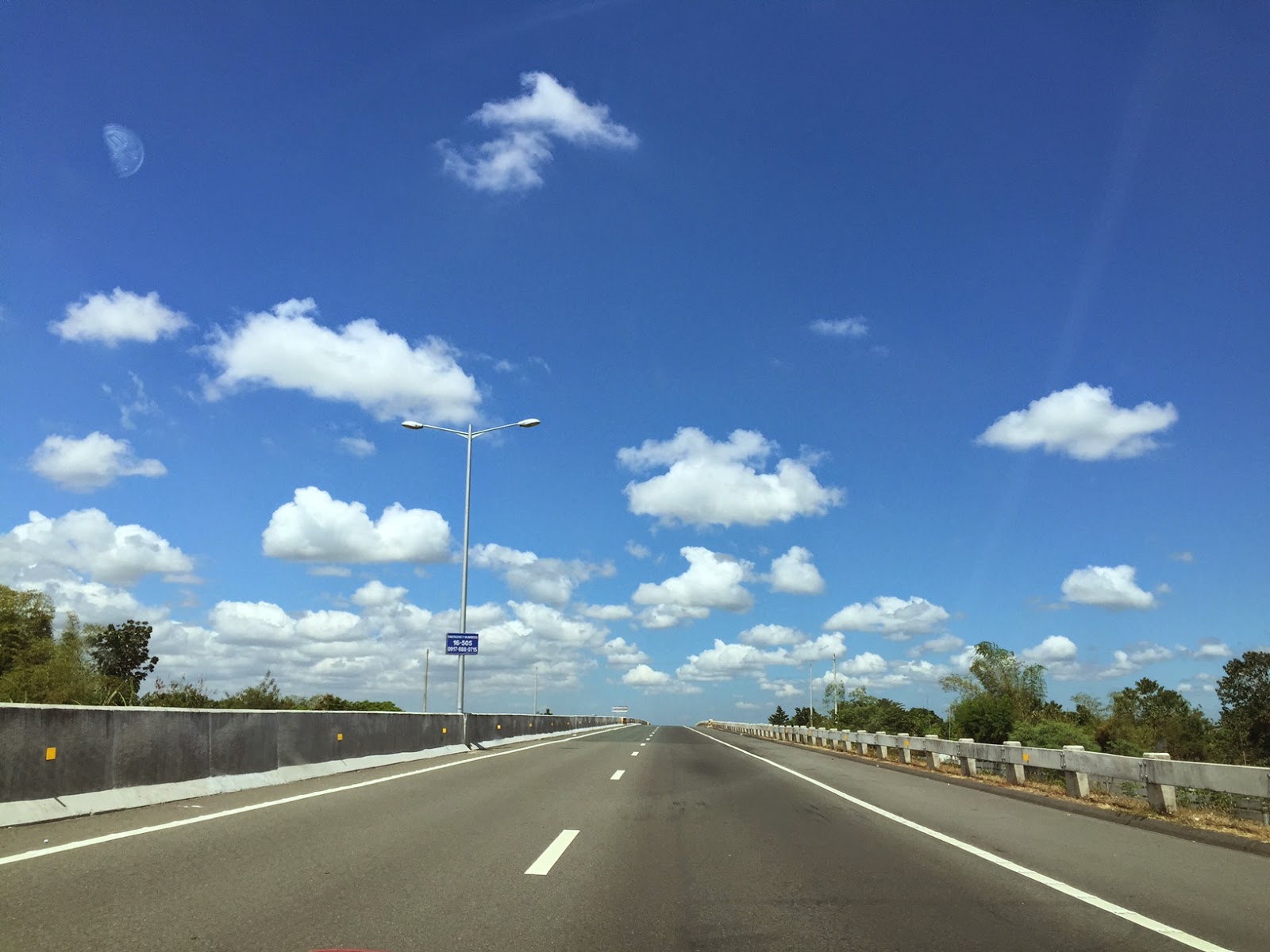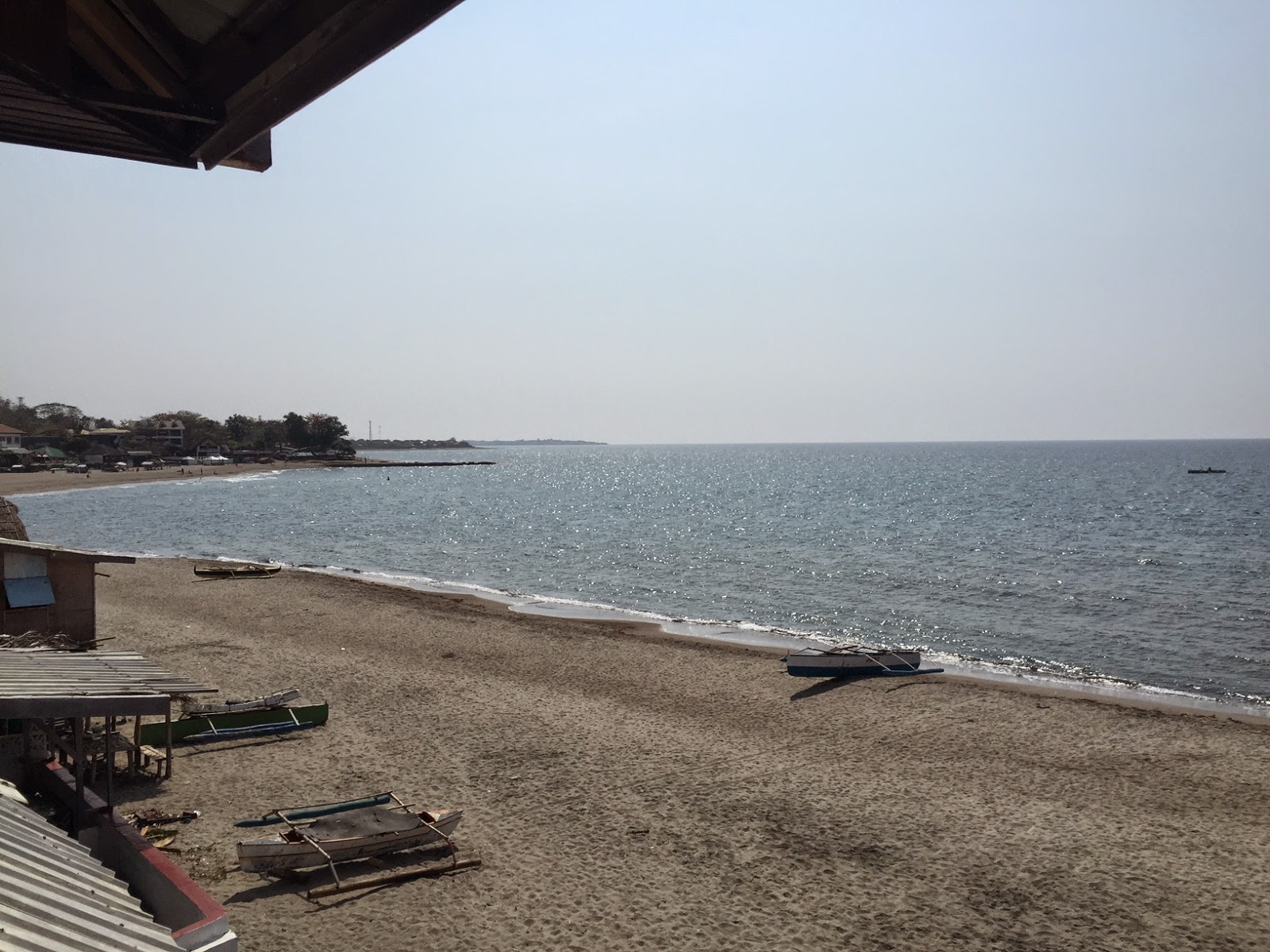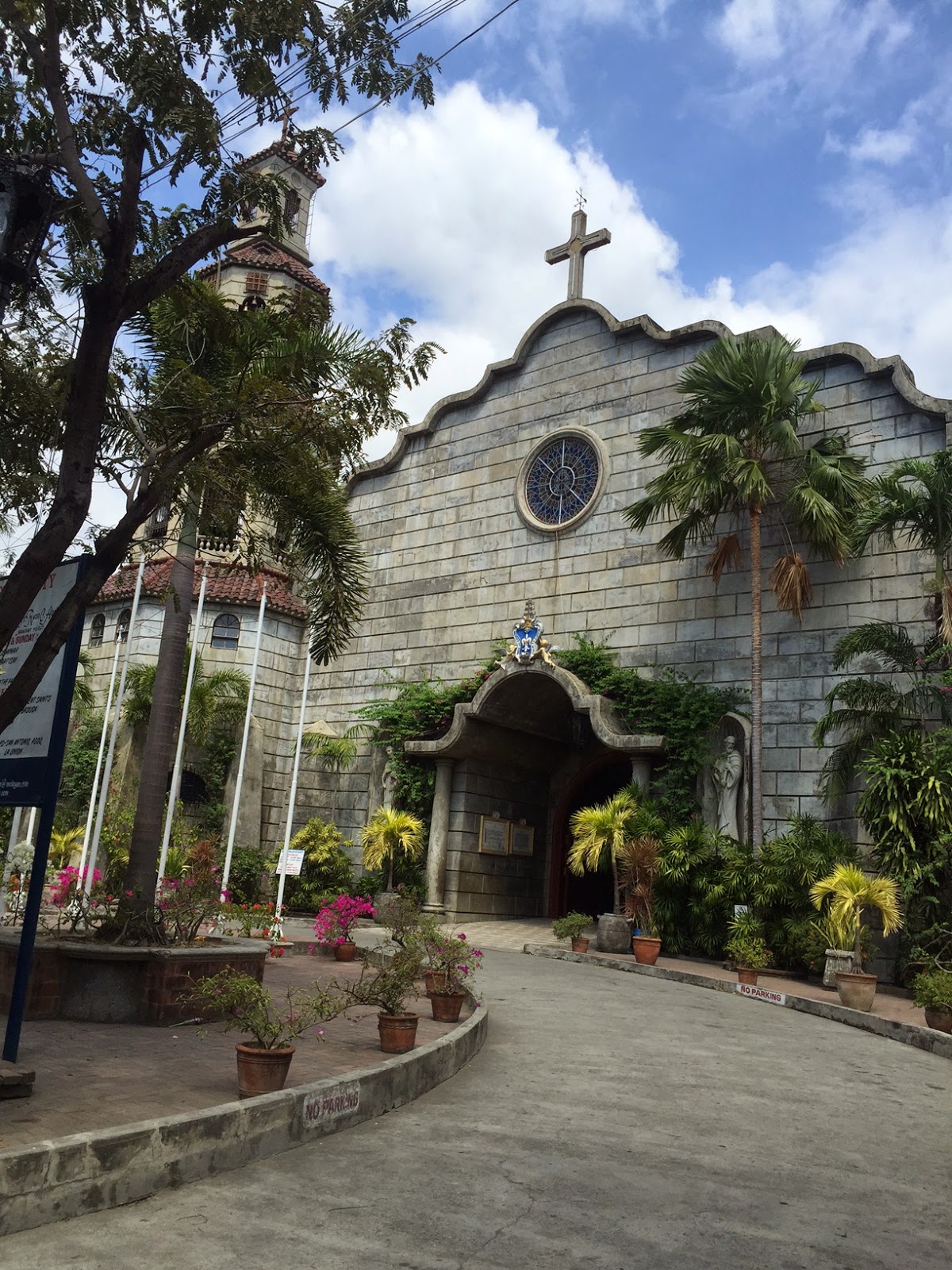I’ve said it before, but it bears repeating: I’m grateful I
live in a country blessed with so much natural beauty. Sure, I sometimes
daydream about relocating to a city where insane traffic isn’t a foregone
conclusion, where you don’t get woken up by six AM videoke sessions, and where there’s
more to the weather than “hot” and “hotter.” But then I think about all the
places here in the Philippines I have yet to visit and explore, and I stop
complaining. I’m still glad I call this place home.
For any travel-phile, summer is self-explanatory. This year, I got a head start on the season. Some people plan their
whole year around one summer excursion, but I was lucky enough to go to three
beautiful beaches before Mr Sun started making his presence truly felt.
What made each trip different is the company. One I was on
my own, the second I was with a close friend, and the third was with a huge
group of people, composed of old friends and new acquaintances. I’m not really
sure what the purpose of this blog entry is, other than to share my experiences
(and photos) of those three beach trips. Maybe I also want to help people
decide whether they’re more suited to traveling with a big group of people, with
just one other companion, or alone. Having done all three within the span of
four weeks, I guess you can take my word for it.
Trip Number One: Boracay
What else can you say about Boracay that hasn’t already been
said? Nothing probably. But I’m going to write about this trip anyway, because I
got to stay at a fancy resort on Station 1, with a good friend, in lovely beach
weather. The thing about this trip was that we didn’t have anything planned. We
were both pretty laidback, we didn’t want the stress of sticking to a schedule,
and we had the luxury of doing whatever we thought about doing at that moment. This,
to me, is the very definition of a vacation.
It helped that my friend was neither demanding nor a pushover. We decided on doing things together, whether it was hanging out in the room to watch Whiplash or Snowpiercer, heading over to D'Mall for dinner, or throwing a Frisbee around until sunset. Traveling with a friend is special because it's a memory you both will share for years to come. "Remember that time in Boracay..." is a conversation starter that will always have a certain cache.
Going on a trip with one other person will only work (read:
not end in disaster) if you a) know each other well, and b) your personalities
complement each other. Of course, when you get far enough into the planning that
you actually find yourselves digging your toes in the sand together, there is a
presumption of mutual trust and respect. You like each other well enough to
spend time together in a new environment. And that’s always fun.
Trip Number 2: San Juan, La Union
It’s no secret that I like to drive. I think one of life’s
greatest pleasures is getting behind the wheel of a nice car, play good
music, and watch the world go by through a windshield. Road trips are my
crack: it’s addicting and gets me high like nothing else can.
There are places other than home that just feels like, well,
home. The beaches of San Juan, La Union are like that for me. I feel
comfortable enough there that when I decided to go on a spur-of-the-moment
drive, that’s where I ended up. It didn’t matter that no one was in the
passenger seat. Oftentimes the only way to hear yourself is when nobody else is
around.
Thanks to the new TPLEX, travel time to La Union has been
drastically cut short: from over five hours to less than four. Except for a brief
surf session (the waves weren’t cooperating), I pretty much spent the entire
time there writing. If the view of the ocean, the sound of the waves and the
warm afternoon sun doesn’t squeeze the creative juices out of you, then nothing
else will.
Of course, solo travel is not for everyone. You have to like
yourself a lot, and while that may seem like a no-brainer, it’s actually not
that simple. Some people can’t handle being alone because it forces them to
think about a lot of things. When they’re surrounded by other people all the
time there is less pressure to confront more pressing, personal issues. Company
offers escape. This is why I think going on the occasional trip by yourself is
therapeutic as much as it is character-building.
Trip Number 3: Dinadiawan, Aurora
I wasn’t sure about the third beach trip. It was scheduled
only a week after La Union and I was running low on funds (I was in between
jobs). The fact that I said yes tells you just how much I love the beach. Besides,
a friend extended the invitation and it was going to be with a big group, with
people I already knew and others I was going to meet for the first time. And it
was in Aurora. Which means: road trip.
I had never been to that province before, even though people
always say Baler is a must-visit, especially for surfers and surfer-wannabes
(like me). We left Manila an hour before midnight on Friday and finally made it to the beach resort at the crack of dawn.
I know I said I like long drives, but almost six hours is excruciatingly long. For the first time I was actually glad to slide
out of the driver’s seat and into a warm bed.
The beach itself was deserted and gorgeous. I spent much of the time
reading and sleeping. In the afternoon we got in a game of Frisbee, where I worked
up a sweat. The food was terrific and the company, even more so. It’s so easy
to ruin a trip when you’re in a big group; all it takes is one selfish,
inconsiderate party-pooper. Thankfully, there was none of that. Some were
quieter than others, but everyone radiated good vibes. I thought the drive back
would be long and boring, but thanks to creative videography (and Spotify), it
turned out to be one of the most fun ever.



It’s been said that the best way to truly get to know
someone is to travel with them. You discover stuff about them outside of the
regular dynamics of your relationship. You either build lasting friendships
because you find out more things you like about each other, or you never speak
again because, well, apparently he’s a self-centered jerk or she's too much of a
spoiled little princess. Either way, you always learn something new, and your life is
all the more meaningful and richer for it.
And there you have it. Three beach trips in four weeks,
ahead of the official summer 2015 season. Some people may take traveling for
granted, but, really, it's what makes life infinitely more interesting. And, sometimes, bearable.


































































